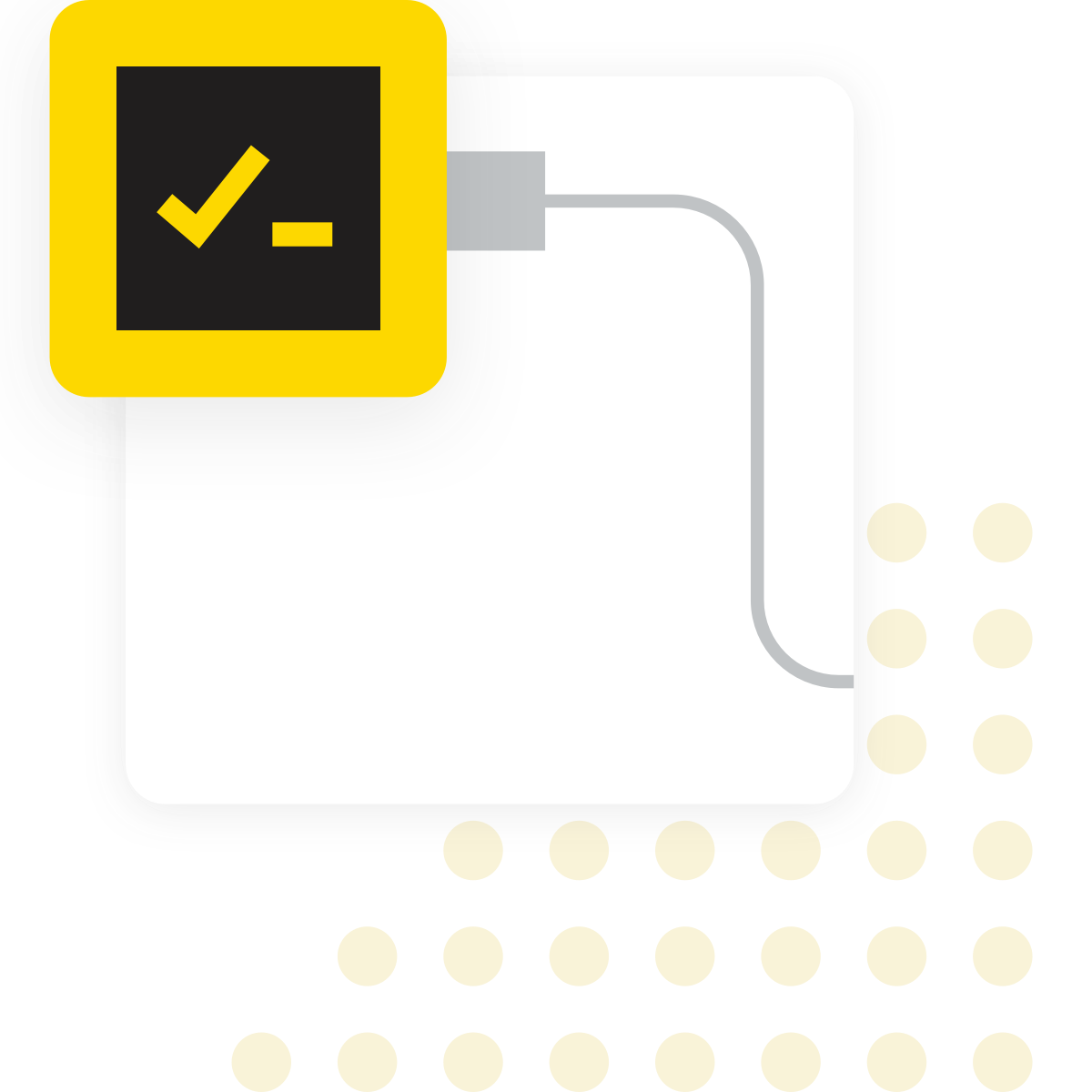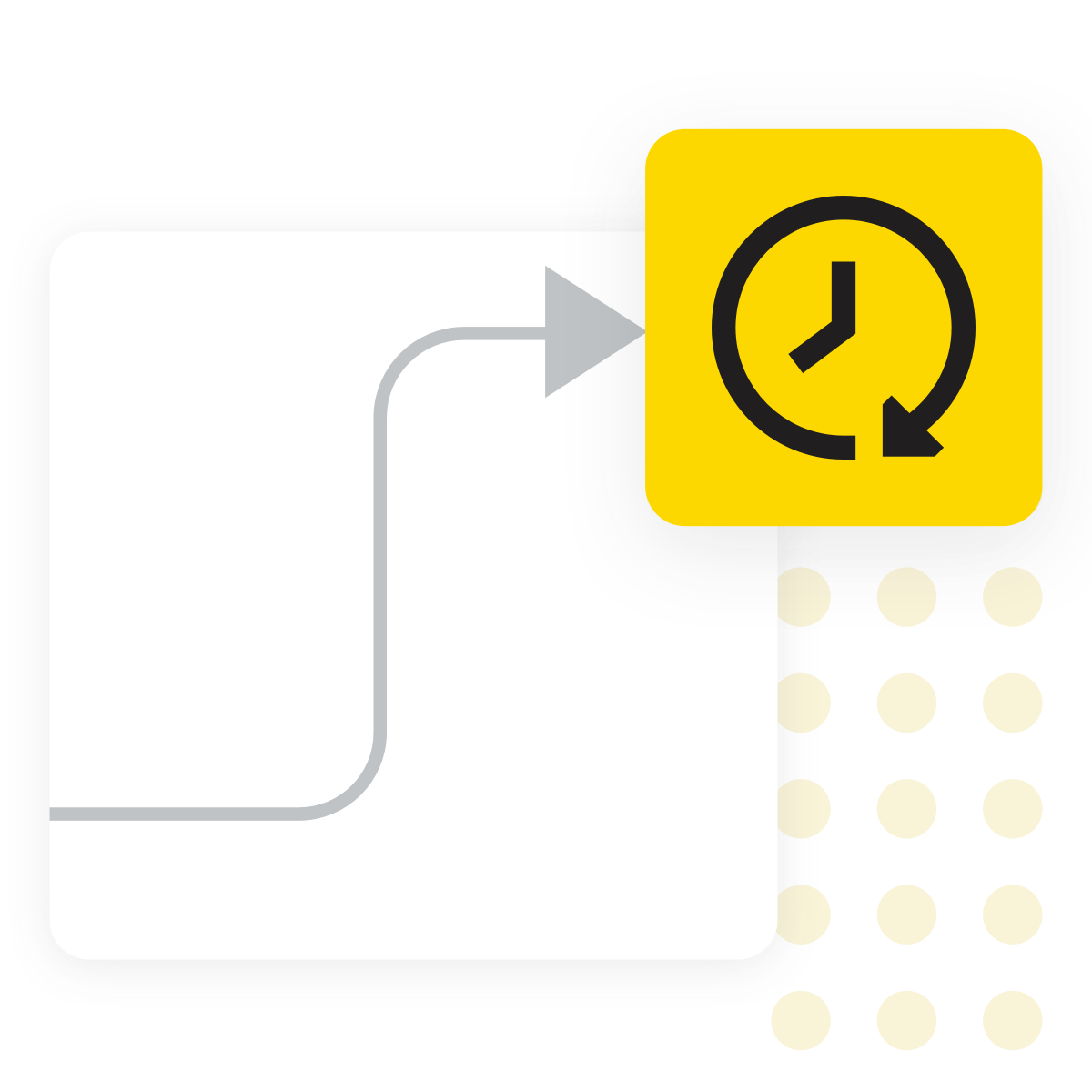Budget Monitoring with KNIME
Use Budget Monitoring analytics to stay on top of assigned, spent, and remaining funds across projects or departments. KNIME lets you consolidate budget data, calculate financial gaps, and build interactive dashboards—helping you catch overspending early, understand spending trends, and make informed budgeting decisions.
KNIME Workflow Example for Budget Monitoring
This Budget Monitoring example workflow provides a structured way to track assigned, used, and remaining budgets across projects and time periods using a visual, interactive interface. It includes:
- Importing budget data from Excel, CSV files, ERP exports, or databases. Assigned and used values are merged to build a complete view of each project’s financial position by year.
- Cleaning and reshaping data to align formats, followed by calculating remaining budgets. The workflow aggregates totals across years, projects, and budget categories to support easy comparison and analysis.
- Presenting the results in a KNIME Data App, where users can filter by project, year, or category to explore trends and project-level insights. The interface is designed for business users, with intuitive visuals and filters.
- Built as a reusable and parameterized workflow, it adapts easily to new data each year—minimizing rework and enabling scheduled updates or integration with other reporting systems.
Why use KNIME for Budget Monitoring

What is Budget Monitoring
Budget monitoring refers to the process of tracking and analyzing financial allocations and spending across projects or departments. It involves measuring three key figures: the assigned budget (allocated funds), the used budget (actual spend), and the remaining budget (what's left). This process typically includes collecting data from multiple sources such as spreadsheets, ERP systems, or databases, calculating the differences between planned and actual spending, and visualizing trends over time to support better financial oversight.

Why does it matter?
Unmonitored budgets can lead to unchecked spending, cost overruns, and missed financial targets. Without a clear view of how much has been assigned, used, or remains, it’s difficult to plan accurately or respond to issues in time. Relying on manual tracking across scattered files can result in errors, delays, and a lack of transparency. A structured approach to budget monitoring supports better planning, clearer reporting, and timely decisions like reallocating funds or adjusting project scope.

Typical challenges
- Budget data is often spread across spreadsheets, ERP systems, and CSV files, making consolidation difficult
- Manual calculations and updates increase the risk of errors and slow down reporting
- Comparing spending across years, projects, or budget categories can be cumbersome
- Manual adjustments are consistently necessary due to the annual integration of new data or projects

Benefits of using KNIME
- Connects to spreadsheets, ERP systems, and databases to bring all budget data into one place
- Calculates assigned, used, and remaining budgets automatically to reduce manual effort
- Builds interactive dashboards where users can filter by project, year, or budget category
- KNIME workflows are modular and reusable, making it easy to update for new data or time periods
- Provides full visibility into each calculation step, supporting auditability and transparency
How to use KNIME for Budget Monitoring

Data Access and Integration
Import assigned and used budget data from Excel, CSV, ERP exports, or databases. KNIME uses nodes like File Reader or Database Reader to bring in data from various sources. These datasets are merged to give a clear picture of budget allocations, spending, and remaining funds per project and time period.

Data Calculation and Structuring
The workflow cleans incoming data and reshapes it as needed—pivoting to align years, projects, and budget categories. It calculates remaining budgets by subtracting used from assigned values and then aggregates these figures across different dimensions. You can view totals by year, project, or budget type, making it easy to compare performance over time or across initiatives.

Visualization and building a DataApp
DataApps built with KNIME Views display charts and tables to highlight trends and project-level insights. Filters let users explore specific years, departments, or projects. The interface is designed for non-technical users, offering guided interaction and clear visuals. The workflow itself is reusable and adaptable, set up with parameters that allow it to handle new data each year without requiring major rework.
How to Get Started
Additional Resources
Collection page: KNIME For Finance
A set of ready-to-use solutions designed to speed up analytics transformations in finance departments.
KNIME, Automation, and AI
Ready-to-use solutions to speed up analytics transformation within finance departments.
FAQ
Yes — you can adapt the input data (add columns or rows for months/quarters), adjust pivot/aggregation steps accordingly, and adjust visualizations to show monthly/quarterly trends.
Yes. KNIME supports database and API connections. You can replace File Reader nodes with Database Reader or REST API nodes to fetch data directly.
That depends on your finance process — monthly or quarterly is typical, but if your spending happens in real‑time and you have the data, more frequent updates may be useful.
Yes. KNIME supports creating Data Apps using one of KNIME’s paid plans, so users can interact with the visuals without modifying the workflow.